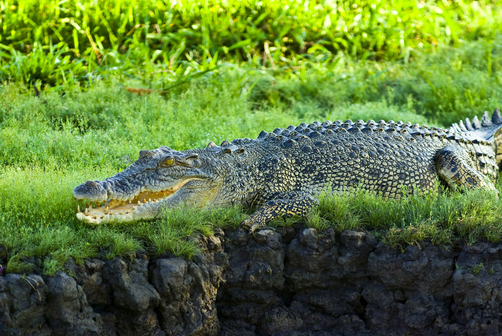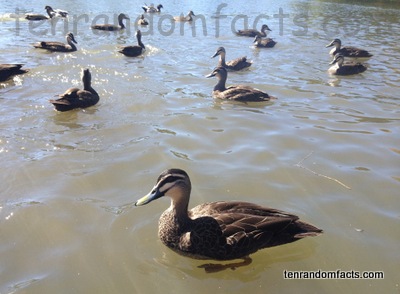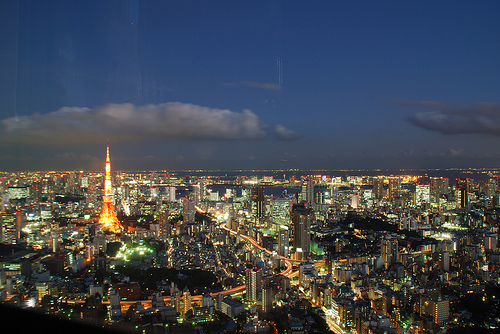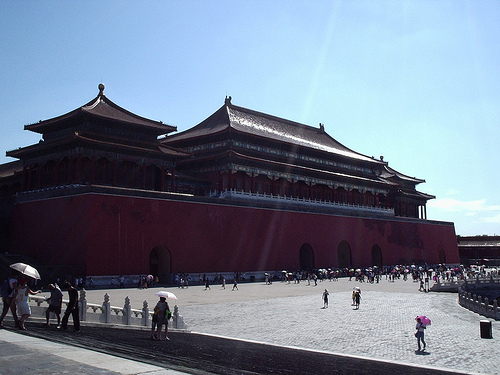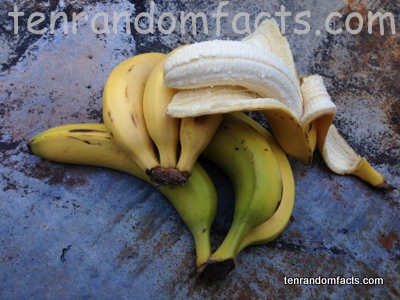
Don’t go bananas!
- Bananas grow on what some people call ‘trees’, up to 15 metres (49 feet) high, that are actually flowering herbs, or plants, generally from the Musa genus, which belong to the family Musaceae, which also includes the genus of ensetes, similar to common bananas, some of which are also a valuable food source.
- Bananas can be different sizes or firmness, but are usually a curved shape and have soft flesh, and when ripe, the skin can be yellow, red, purple, green or brown in colour.
- Bananas are native to South to Southeast Asia, which includes the Philippines, Indonesia and Malaysia, and they are believed to have been cultivated since at least 5000 BC in Papua New Guinea.
- Bananas can also be known as plantains, although there are some small differences, like plantains are generally cooked, have less sugar than the common fruit, and more starch, and common green fruit can also be used for cooking purposes.
- Commercial bananas are generally seedless, unlike the wild varieties, and are often eaten raw but can be eaten baked, steamed or deep-fried, dehydrated, made into jam, used as a flavouring addition or added to desserts, salads and main dishes like curry, and also made into flour for baking purposes.
- Bananas are the most sold edible fruit and one of the most important food crops in the world, ranking number four after rice, wheat and maize, and in 2011, India produce 29.7 million tonnes (32.7 million tons) of the fruit, which was one fifth of the total world production.
- The term ‘banana’ is derived from the Arabic word ‘banan’ or the West African Wolof word ‘banaana’, and they are grown in tiers known as ‘hands’, with up to 20 pieces of fruit per hand, and each banana is called a ‘finger’.
- Commercial bananas are often picked unripe and stored in a refrigerated room at 13 to 15°C (56 to 59 °F) to slow down the ripening process, but if the ripening process needs to be sped up, they can be stored with an apple or tomato for 12 hours or so in a paper bag.
- Bananas are high in Vitamin B6, and have significant amounts of vitamin C, potassium, manganese and magnesium, and are the most radioactive fruit due to the potassium content, but do little or no damage to the human body.
- There are between 500 and 1000 varieties of bananas, and the yellow Cavendish variety are the most commonly exported bananas, mainly due to easier transportation.
Bibliography:
All About Bananas, n.d, Bananalink, <http://www.bananalink.org.uk/all-about-bananas>
Banana, 2013, Wikipedia, <http://en.wikipedia.org/wiki/Banana>





